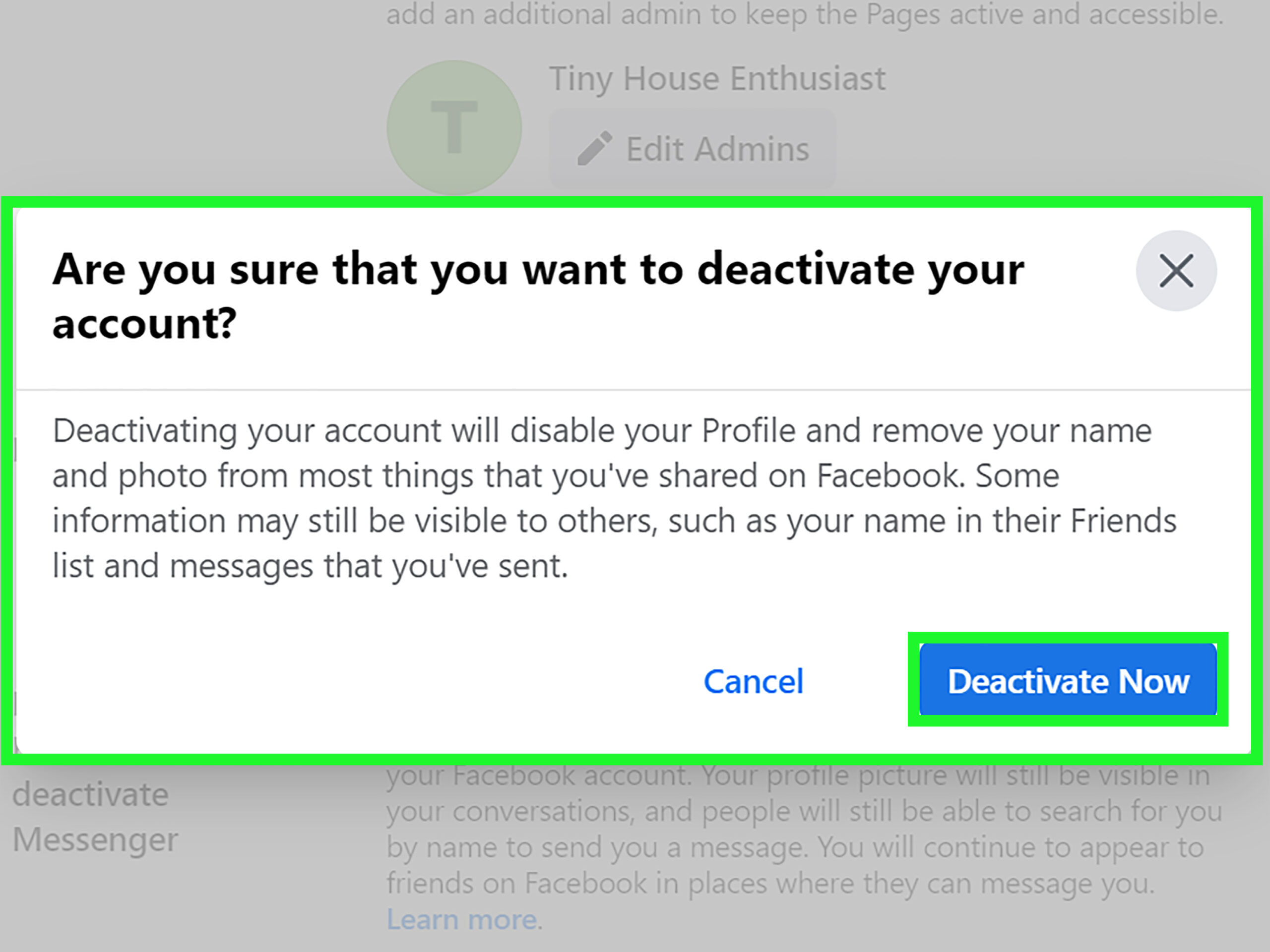Have you ever found yourself wondering if it’s time to step back from social media? Perhaps you’ve been contemplating how to deactivate your LinkedIn account. Whether you’re seeking a break from the professional networking scene or simply looking to declutter your digital life, it’s important to understand the process and implications. This guide will walk you through every step you need to take.
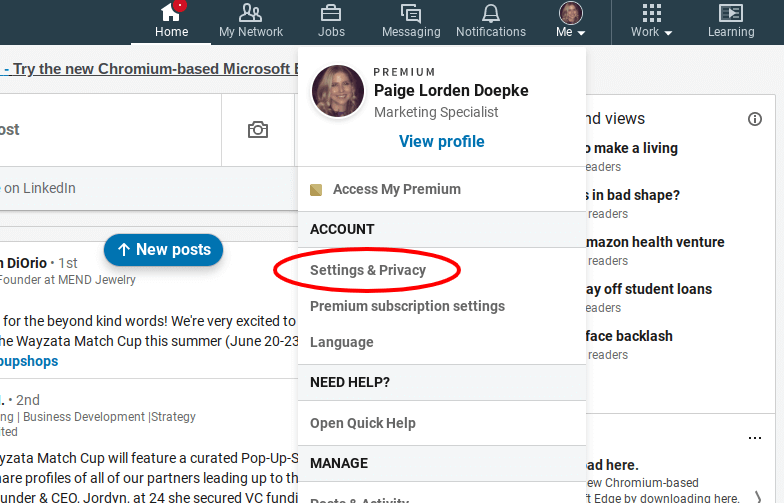
This image is property of www.jobscan.co.
Why You Might Want to Deactivate Your LinkedIn Account
Deciding to deactivate your LinkedIn account isn’t always a simple choice. There are various reasons you might be pondering this action. Perhaps your professional priorities have shifted, or you feel overwhelmed by constant networking demands.
One common reason people choose to pause their LinkedIn activity is to focus on personal projects. It can be liberating to step away from online professional expectations. Whatever your reasons, acknowledging them helps you feel confident about your decision.
Understanding the Difference Between Deactivation and Deletion
Before you proceed with deactivation, it’s crucial to differentiate between deactivating and deleting your LinkedIn account. When you deactivate, your profile, connections, and content are hidden, but can be restored later. On the other hand, deleting your account permanently removes all your information.
If you aren’t quite ready to say goodbye to LinkedIn permanently, you might consider deactivation as a good middle ground. This way, you can take time away without losing valuable connections or information.
What Happens When You Deactivate Your Account
When you deactivate your account, several things happen. Your profile becomes invisible to other users, meaning no one can view your information. However, LinkedIn retains your data, so it can be restored if you decide to return. Connections and endorsements will still be kept in LinkedIn’s system.
Keep in mind that any direct messages you’ve sent will also remain in the inbox of the person you messaged. It’s good to have this in mind if you’re concerned about maintaining those professional relationships.
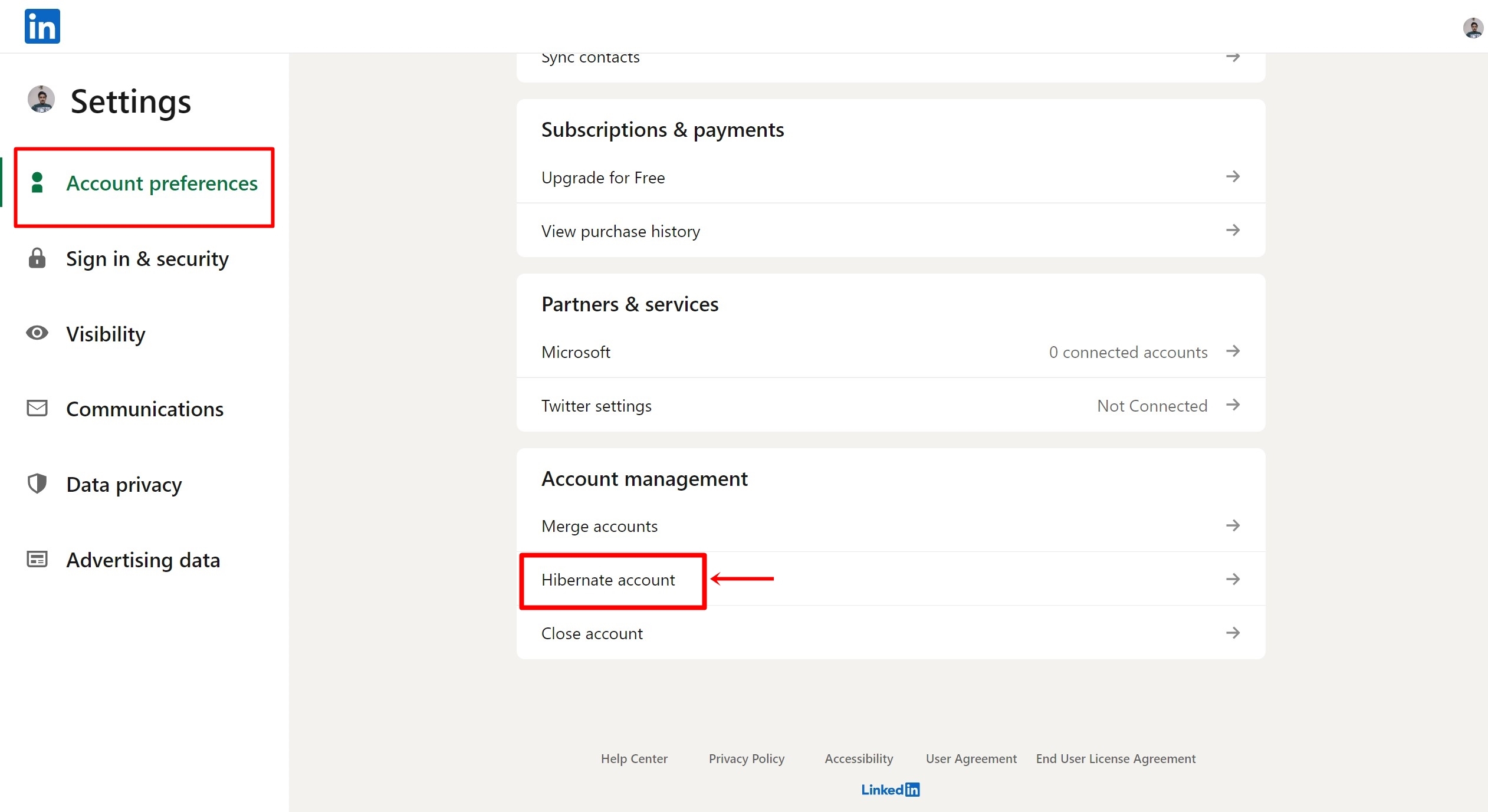
This image is property of www.91-cdn.com.
Steps to Deactivate Your LinkedIn Account
Now that you understand the implications, let’s walk through the steps to deactivate your LinkedIn account. Here’s how you can do it:
1. Sign In to Your LinkedIn Account
Your first step is straightforward: log into your LinkedIn account. Make sure you use the device where you typically access LinkedIn, whether it’s on your desktop or mobile app.
2. Access Your Account Settings
Once logged in, navigate to the ‘Me’ icon at the top right corner of your LinkedIn homepage. This will bring up a dropdown menu.
3. Select ‘Settings & Privacy’
From the dropdown menu, click on ‘Settings & Privacy.’ This section contains all the options you need to manage your account, including preferences and privacy settings.
4. Go to ‘Account Management’
Within the ‘Settings & Privacy’ menu, look for the ‘Account preferences’ section on the left-hand side. Click on ‘Account management.’
5. Click on ‘Closing Your LinkedIn Account’
Under ‘Account management,’ you should see the option to ‘Close your account.’ Click on this to begin the deactivation process.
6. Follow the Prompts
You will be prompted to provide a reason for your deactivation. Choose the most relevant option or select ‘Other’ if none apply. LinkedIn values user feedback, so your input may help improve the platform.
7. Confirm Your Deactivation
After you’ve selected your reason, you’ll need to confirm your decision. LinkedIn will give you one final chance to reconsider your choice. If you’re sure, go ahead and finalize the deactivation by clicking ‘Next.’
8. Enter Your Password
To complete the process, you will be prompted to enter your password. This step adds an extra layer of security to ensure that it’s really you making the decision. After you enter your password, click ‘Deactivate account.’
After Deactivation: What to Expect
You’ve taken the plunge and deactivated your LinkedIn account. What now?
Accessing Your Account Again
If you decide you miss LinkedIn and want to reactivate your account, the process is simple. All you need to do is sign back in using your original login credentials. Your profile, connections, and endorsements will reappear, just as you left them.
What if You’re Not Sure?
If you’re still uncertain about whether to deactivated, you might want to consider temporarily limiting your usage instead.
You could set screen time limits, or even delete the app from your phone. These options will allow you some separation without fully closing your account.
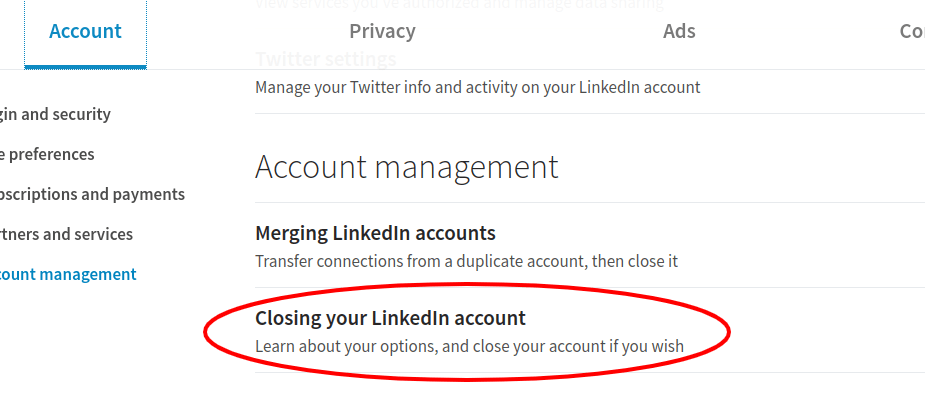
This image is property of www.jobscan.co.
Considering Permanent Deletion
If in the end, you feel like deactivation is not enough, you might consider fully deleting your LinkedIn account.
Steps to Permanently Delete Your Account
The process for deleting your account is similar to deactivation, but with some distinct differences. Here’s how to do it:
- Sign In: Log in to your LinkedIn account as you did before.
- Account Settings: Go back to the ‘Me’ icon and select ‘Settings & Privacy.’
- Account Management: Click on ‘Account management’ in the left sidebar.
- Close Account: Select ‘Close your LinkedIn account.’
- Select Reason: Choose your reason for deleting the account.
- Confirm Deletion: Once again, you will need to confirm that you want to delete your account.
- Enter Password: For security, enter your password one final time.
- Final Decision: Click ‘Close account’ to finalize the permanent deletion.
Keep in mind that deleting is irreversible.
What Happens Next?
When you delete your account, all your data is removed from LinkedIn. Your connections, recommendations, and any messages will also be permanently gone. It’s important to download any information you want to keep before you take this step.
Maintaining Professional Relationships Post-Deactivation
If you decide to deactivate your LinkedIn account, you might start to wonder how this decision affects your professional relationships. Maintaining meaningful connections is important, even if you’re taking a break from the platform.
Alternative Communication Channels
Consider communicating with your connections through other means. If you’re close with some colleagues or connections, you could exchange personal emails or phone numbers. This way, you can stay in touch without relying on LinkedIn.
Networking Outside of LinkedIn
You’ll also want to think creatively about networking outside of LinkedIn. Attend industry events, webinars, or workshops to meet people face-to-face. Engage with communities on other social platforms or forums to broaden your networking reach.
Utilize Other Tools
With advancements in technology, there are now many tools that can help keep your networking efforts efficient without the necessity of a LinkedIn account. For example, consider using CRM software to organize your connections.
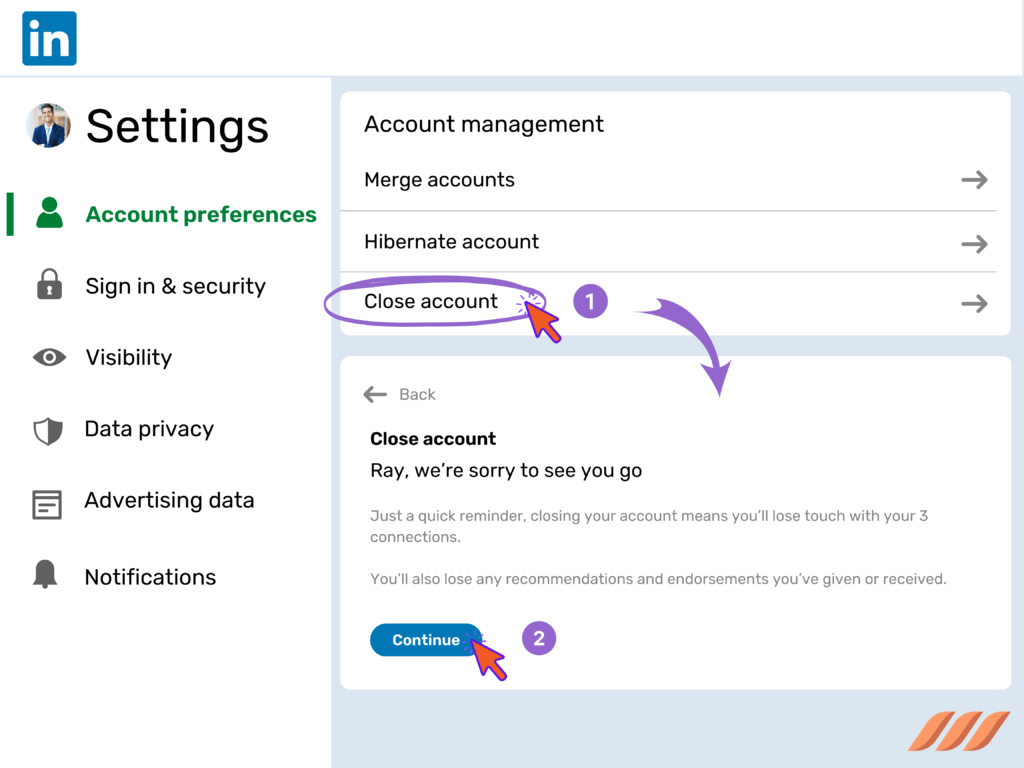
This image is property of dripify.io.
Reassessing Your Professional Networking Strategy
After a period of deactivation, it’s a good idea to reassess your networking strategies. Perhaps taking a step back has provided clarity on what you want from your professional interactions.
Reflect on Your Goals
Take the time to reflect on your professional goals. Do you want to establish more meaningful connections? Are you looking for mentorship or support? By understanding your needs, you can tailor your networking strategy accordingly for your return to LinkedIn or any alternatives you choose.
Embrace New Opportunities
Stepping away may open up new opportunities you hadn’t considered before. Embrace networking in various settings and platforms that resonate with you and align better with your approach to professional relationships.
Reminder: The Importance of Mental Health and Balance
In our fast-paced digital life, it’s easy to lose sight of what truly matters. If stepping back from LinkedIn helps you regain balance, that’s a wonderful choice. Mental health should always take precedence in your life.
Taking Time for Yourself
Remember, it’s perfectly okay to take time for yourself. Whether that means deactivating LinkedIn, engaging in hobbies, or simply taking a break from networking pressures, self-care is crucial.
Connecting with Yourself
Instead of solely focusing on building connections with others, use this break to connect with yourself. Engage in activities that bring you joy, reflect on your personal and professional aspirations, and celebrate your accomplishments.
This image is property of i.insider.com.
Final Thoughts
Congratulations! You’re now fully equipped with the knowledge of how to deactivate or delete your LinkedIn account, along with insights to maintain your professional connections. Remember, this choice is ultimately about what works best for you.
If you feel ready to step back, do so knowing that there are countless options for connections and growth beyond the confines of LinkedIn. Each step you take is a part of your unique journey, and it’s simply an opportunity to find what truly aligns with your professional identity.
